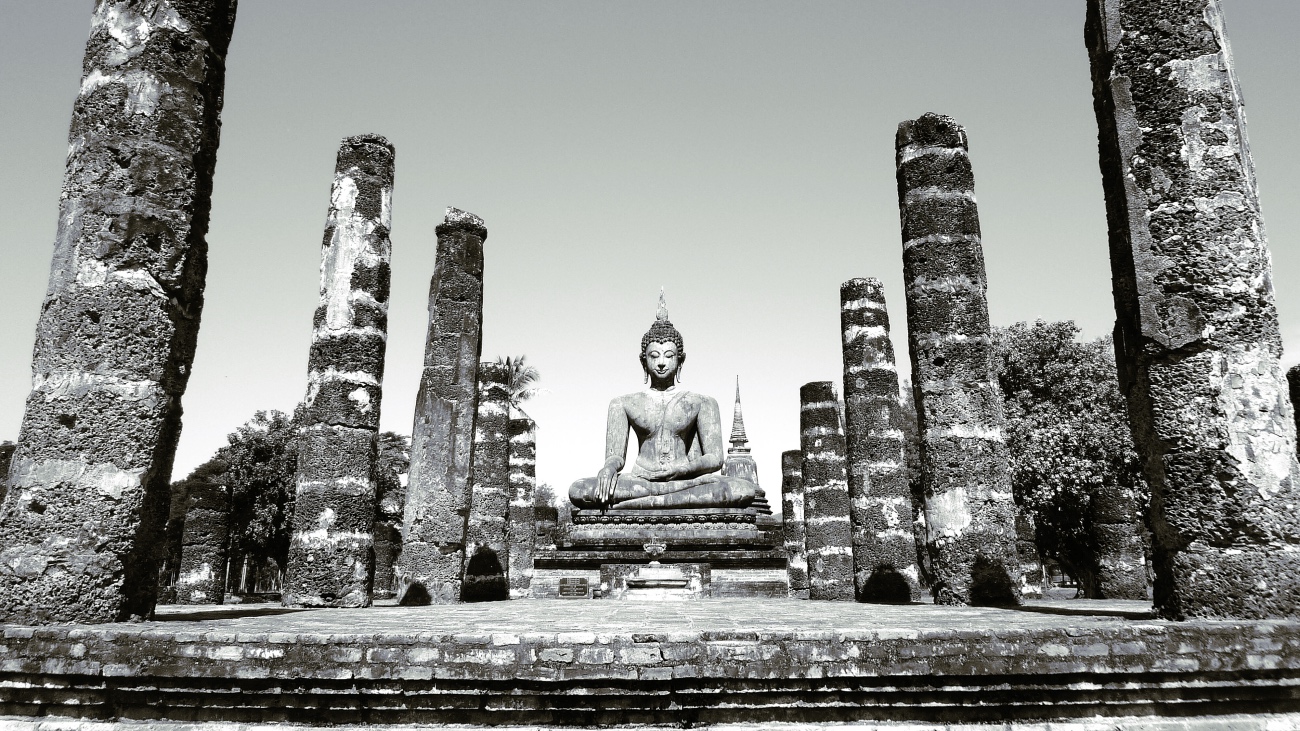Yoga Alliance Professionals

1. Introduction
Since the discovery in the 1920s of the Indus Valley Civilization (ca. 2300-1750 B.c.), the so-called protoSiva seal from Mohenjo-daro has been much discussed and debated (Fig. r ). The controversial nature of the seal stems from the initial interpretation ascribed to it by Sir John Marshall, pioneer excavator of this major site of the Indus, or Harappan, civilization. The many distinguishing features associated with the figure on the seal were interpreted by the excavator as indicative of the prototype of Siva: the figure looks tricephalic and Marshall compares this with medieval representations of Siva; the figure sits in a yoga-like posture, and Siva is the yogi par excellence in Hindu mythology; the figure's headdress, composed of two horns and a tall central portion, is suggestive of the shape of Siva's emblem, the trisiila, or trident; the group of animals around the figure evoke Siva's later aspect as Pasupati, "Lord of Beasts." This interpretation, in effect, postulates that Siva worship stems from a non-Aryan culture predating the coming of the Aryans in the Vedic period. The force of Marshall's argument has endured. Indeed no matter what position is taken regarding the seal's iconography, it is always prefaced by Marshall's interpretation. On balance, the proto-Siva character of the seal has been accepted. Thus this view, often repeated as fact, has greatly influenced an understanding of the developments in Hindu art and religion.
Thoughtful objections have been periodically expressed, however, and a wide range of different identifications have been offered. Saletore in 1939 was one of the first to point out the difficulties in assigning later Hinduistic ideas to a prehistoric seal. He considered the seal's figure to have three faces and a headdress consisting of three horns. He related these attributes to the Vedic god Agni, who indeed is described as having "three heads" and whose flames are his "horns."2 Almost immediately this view was opposed by a series of articles reverting back to aspects of Marshall's original position. 3 Next, Chaudhuri reviewed the seal's iconography in his study on the Indus civilization and raised significant doubts regarding the proto-Siva attribution by noting that ( r) the features Marshall isolates are not associated with Siva until the Epics and Purai; ias and that (2) except for the trident, these features are not very common in the iconography of Siva.4 In any case, Chaudhuri was doubtful of Marshall's trident theory, which requires accepting not only that the form of the headdress could evolve into that of the trident, but also that a headgear could be the source of an emblem held in the hand.s K. Nilakanta Sastri questioned the tricephalic feature. He maintained that "the god is neither three-faced nor even human faced. His whole form, though apparently human, is cunningly contrived to be a combination of various animals.
These Stories on Philosophy
10 Beaverhall Road,
Edinburgh,
Scotland,
EH7 4JE
Copyright © 2025 Yoga Alliance Professionals Ltd. All Rights Reserved. Terms of Use | Privacy Policy
YOGA PROS ORGANISATION LIMITED, trading as YOGA ALLIANCE PROFESSIONALS, is a Not for Profit Scottish Company number SC502923
No Comments Yet
Let us know what you think